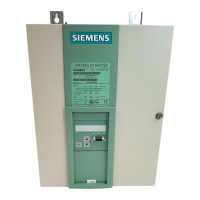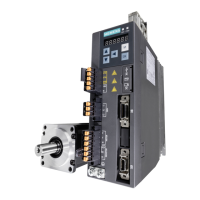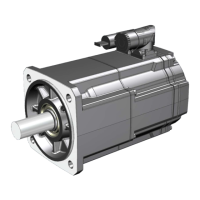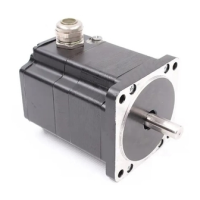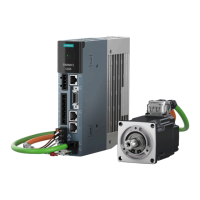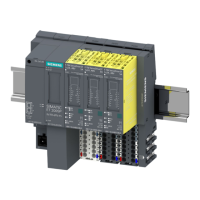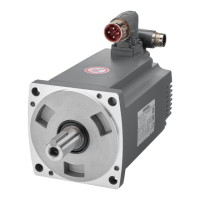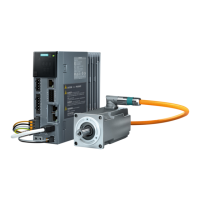Start-Up 02.00
7-28 SIEMENS AG 6RX1700-0AD76
SIMOREG DC Master Operating Instructions
The figure below shows a diagram of the CAN architecture model that is oriented toward the ISO-
OSI-7 layer reference model. The CB2 and CBC boards only support the functionality of layer 2 of
this model, i.e. that the net data of the user software (as COBs on the byte level) have to be passed
directly to layer 2 (see also the example for PKW data exchange ). CANopen, according to layer 7,
is not supported by these boards.
CAN protocol Device net
Device profile
Application
Communication
profile
CIA
DS 301
Layer 7 Application layer
CIA CAL
DS 201 .. 205, 207
CAL
Device net
specification
includes:
- Device profile
– Communication
profile
– Application layer
Layer 3-6
Layer 2 Data link layer ISO-DIS 11898
Physical layer,
electrical
Communication
Layer 1
Physical layer,
mechanical
CIA DS 102-1 Device Net ODVA
User data are exchanged between the CAN master and the CAN boards on the drives, i.e. the
slaves. User data are categorized as either process data (control and status information, setpoints
and actual values) or data which relate to parameters.
Process data (PZDs) are time-critical and therefore processed faster by the drive (every 3.3 ms at
system frequency of 50 Hz) than the non-time-critical PKW data (parameter identifier value), which
is processed by the drive every 20 ms.
All settings required to operate the communication board are made in drive parameters (see
Section 8, function diagrams Z110 and Z111).
Process data (PZD) are categorized as either data received by the drive (control words and
setpoints: PZD Receive) or data transmitted by the drive (status words and actual values: PZD
Send). A maximum of 16 PZDs can be transferred in either direction; these are divided into COBs
with 4 data words each by the communication board. In other words, 4 COBs are required to
transfer 4 PZD words, with each COB requiring its own separate identifier. Identifiers are assigned
in the CB parameters as shown in the following diagram:
x4
+
+1
+2
+3
Node address
of drive (P918)
Basic identifier for parameterizing
PZD Receive (U712)
PZD Receive 1 (setpoints 1 to 4)
PZD Receive 2 (setpoints 5 to 8)
PZD Receive 3 (setpoints 9 to 12)
PZD Receive 4 (setpoints 13 to 16)
Example of PZD Receive:
P918 = 1 This settings assigns identifier 100 to the first 4 receive PZDs,
U712 = 96 identifier 101 to the second 4 receive PZDs, etc.

